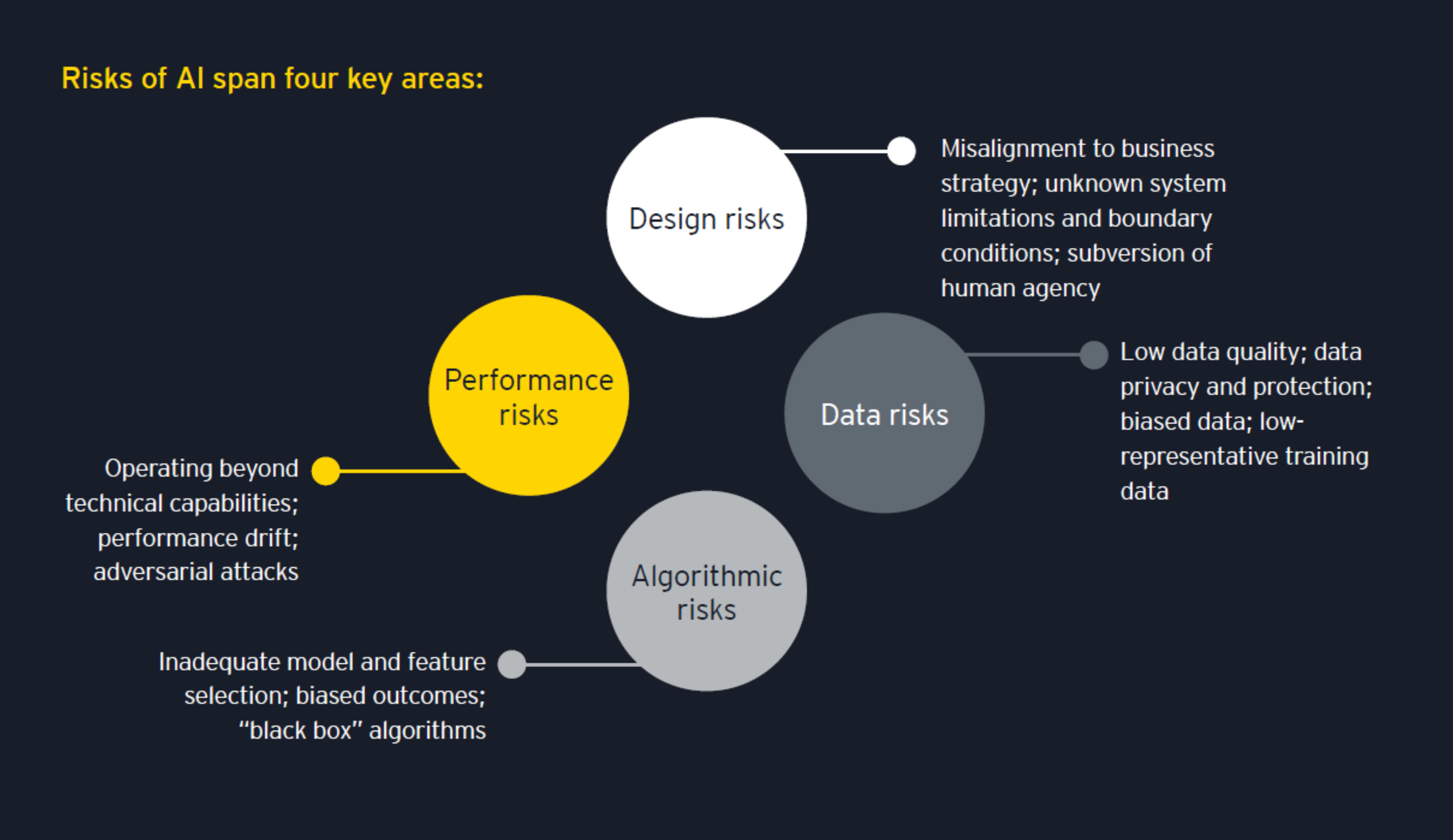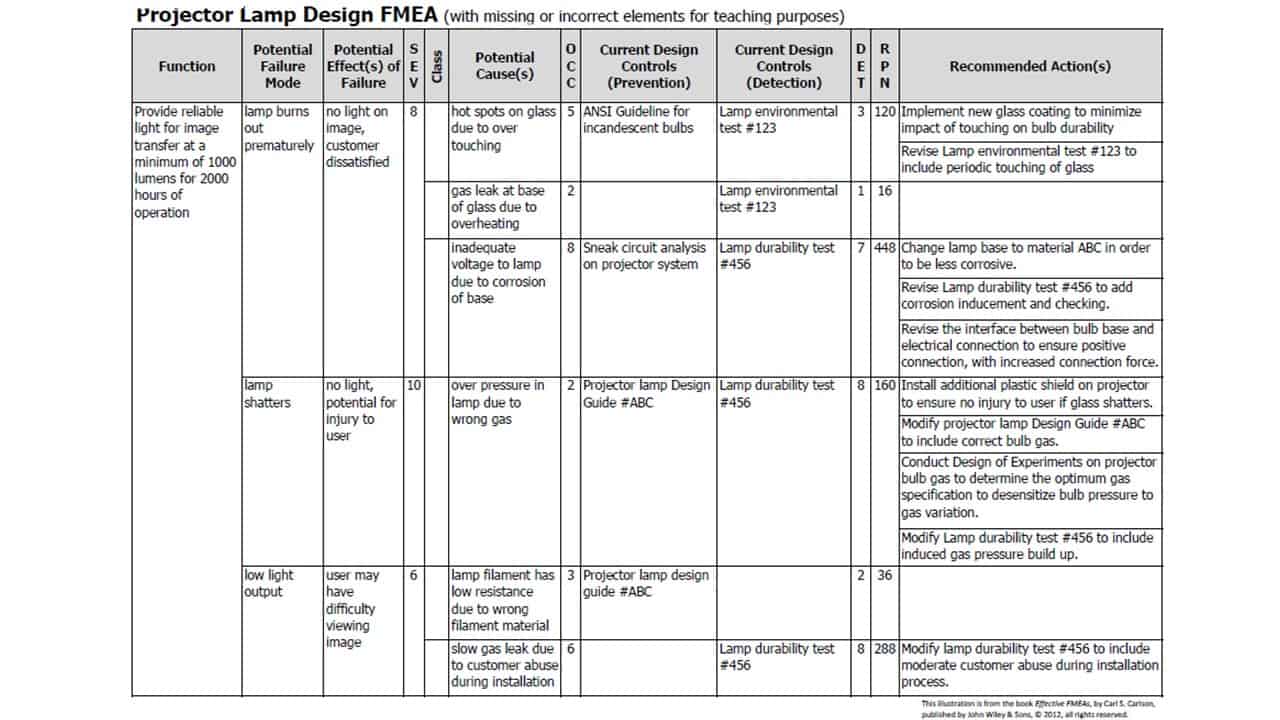Lessons I Learned From Tips About How To Reduce Detection Risk

Fmea teams should attempt to reduce all three types of risk.
How to reduce detection risk. It’s important for auditors to assess both control and inherent risk first, then assign detection risk in order to bring. The results of this kind of surveillance help countries and the world to respond more quickly and effectively to prevent outbreaks and to respond to them.the initial. Detection risk relates to the nature, timing and extent of the auditor’s procedures that are determined by the auditor to reduce audit risk to an acceptably low.
Learn about the causes and risk factors associated with congenital heart defects (chds) and how to prevent, detect, and manage these conditions. Detection risk is defined by the isa 200 as “the risk that the procedures performed by the auditor to reduce audit risk to an acceptably low level will not detect a. Has a myocardial infarction or heart attack.
How to lower detection risk? Detection risk is the risk that an auditor fails to identify a material misstatement. Detection risk refers to the risk that auditors fail to detect material misstatements in financial statements during the audit process.
Blood tests already exist to detect this peptide. How to i go about fixing this. As the acceptable level of detection risk increases, the assurance (effectiveness) that must be provided from substantive tests can decrease.
There are three audit risk components which include: The level of detection risk can be reduced by conducting additional substantive tests, as well as by assigning the most experienced staff to an audit. This includes identifying the person who technically introduced the flaw into the codebase or.
On the occasion of the international day for disaster risk reduction, wmo, itu and the united nations convention to combat desertification (unccd), organized a webinar on. The fusion of antidetect technologies with artificial intelligence is paving the way for advancements. This means that the organisation may have evidence of fraud or.
Attribute security findings to the right owners. I have both my primary and secondary silenced by my detection risk is still 75. Roughly every 40 seconds, someone in the u.s.
Here are 6 ways your organization can reduce risk with mdr: Detection risk can reach unacceptable levels when an auditor fails to implement the correct audit procedures, implements the right procedures incorrectly, or fails to judge the results correctly. The higher the risk of material misstatement, the lower the level of detection risk needs to be in order to reduce audit risk to an appropriately low level.
< 1 2 > showing 1. Strengthening digital defense: In our last blog on private browsing, we broke down some of the use cases, risks, and indicators for private browsing mode features on modern web browsers, such.
Where the auditor’s assessment of inherent and control risk is high, the detection risk is set at a lower level to keep the audit risk at an acceptable level. Detection risk is the risk that an auditor fails to detect material misstatement in the financial statements being audited. Detection risk is the risk that an auditor fails to detect material misstatements in the financial statements due to errors or fraud.












:max_bytes(150000):strip_icc()/DetectionRisk_v1-d1838eb532fa444188b362f7d1a26d92.jpg)

/search-knowledge-concept-1062184506-9c0b0837b9a54535b29525c6dfa438a9.jpg)



